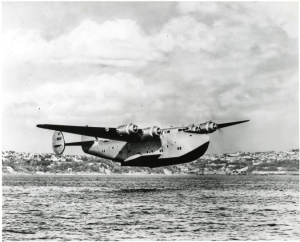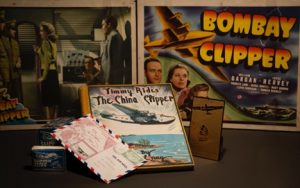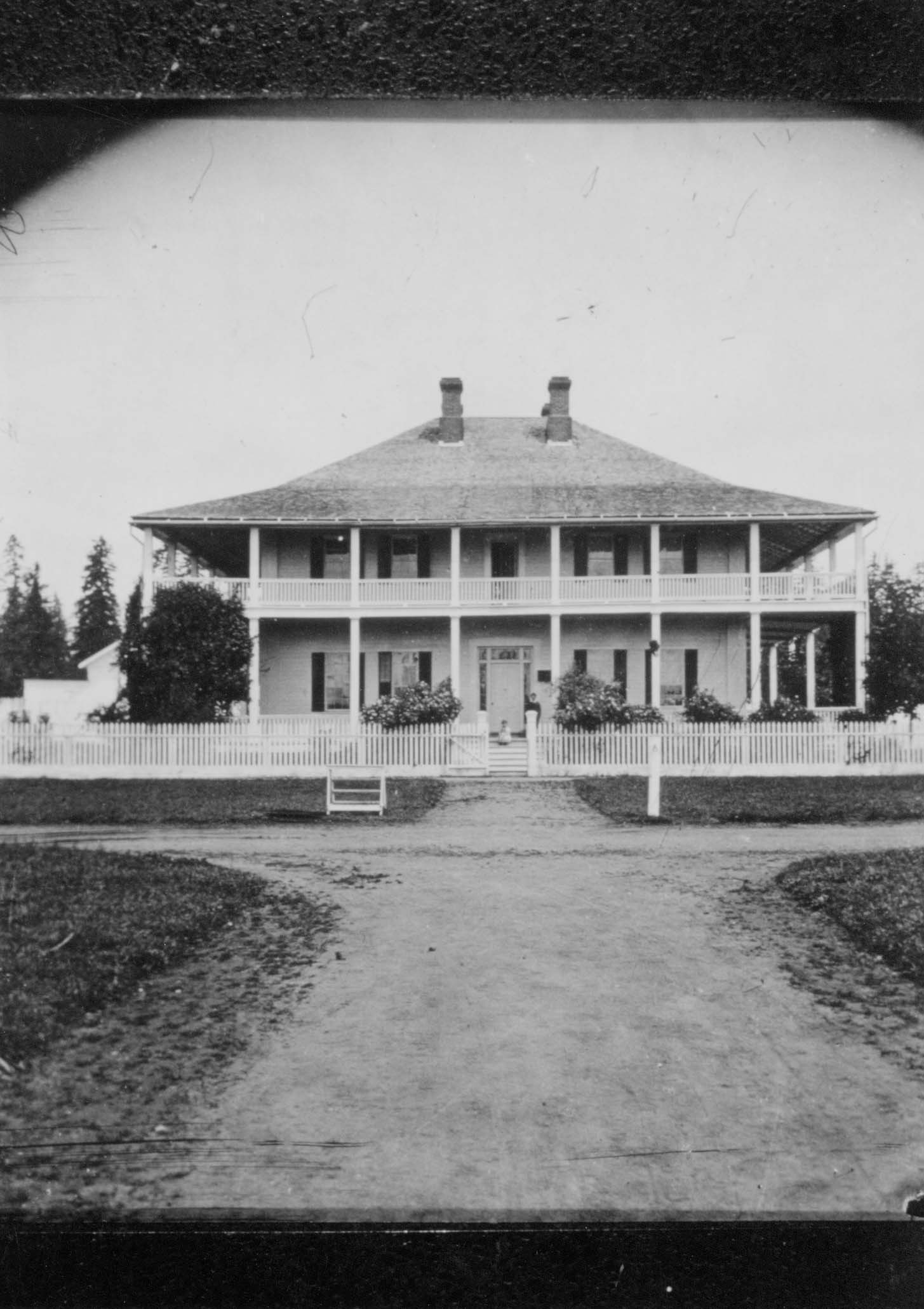The Boeing Clippers
The Boeing Clippers
Produced between 1938 and 1941, the Boeing 314 flying boat, also known as a “Clipper,” achieved more than many other commercial aircraft of its time. Named after mid-19th century ocean-going sailing ships, these aircraft flew from the United States to the United Kingdom, Ireland, the Philippines, Guam, Australia, and New Zealand. The Clippers were designed just before the outbreak of World War II during a time when very few cities had runways capable of accommodating such large aircraft. Anticipating this obstacle, Boeing produced this long range aircraft that could land on water. Though twelve clippers were produced at the Boeing factory in Seattle, Washington, Pan American World Airways only flew 9 of these planes.

Boeing Model 314A Clipper in low level flight, just prior to landing. Photo credit: Smithsonian National Air and Space Museum
So what was it like to be inside one of these luxurious Pan Am Clippers? Journalist H.R. Ekins took an 18 ½ hour flight on one from San Francisco to Hawaii to find out. Ekins describes the interior of the vehicle as being unparalleled in class and sophistication. “Her [the Clipper’s] interior was like that of no other airplane. Her lounge would seat passengers comfortably, leaving plenty of space to walk about.” The seaplane was “as roomy as the Hindenburg and as steady as a rock.” Another passenger, Charles McKew Parr, described the food: “It was a conventional supper – grapefruit, celery and olives, soup, steak, vegetables, salad, ice cream, cake and coffee. The captain acted as though we were his guests.”
Seating on the Clippers could accommodate more than 68 ‘day passengers’ or 36 passengers for with sleeping quarters for each. Built for extravagance, seats on Pan Am Clippers could convert into beds for comfortable overnight lodging. Almost exclusively marketed to the wealthy, a flight from New York to Southampton, England, in the early 1940s cost upwards of $675 dollars. Factoring in inflation, that is equivalent to roughly $12,000 dollars today. Those who could afford the cost of travelling via Pan Am Clipper could look forward to a 14-seat dining room, crystal glassware, and full waiter service. Those looking for an even more luxurious experience could book their own private sleeping and dining compartment. Some Clippers even included a bridal suite.
One of the most impressive accomplishments of the Boeing Clippers occurred when the Pacific Clipper was en route to Honolulu, and was forced to ultimately circumnavigate the globe in order to safely avoid the December 7, 1941 attack on Pearl Harbor. Rather than land in Honolulu as planned, the Clipper flew southwest to New Zealand, across the South Pacific, around the Cape of Good Hope, and finally into New York City’s La Guardia Airport, for a total of 31,000 miles. Though the record was unintentional, the Pacific Clipper became the first commercial aircraft to make a trip around the world, proving once again that necessity is the mother of invention.
The final commercial Clipper flight took place in 1941, when the outbreak of World War II made commercial travel to Asia and Europe unsafe. During World War II, Clippers were pressed into military service and were used by both the Navy and Army throughout the war to transport troops and military leaders. By the end of World War II, the need to land aircraft on water became superfluous as commercial aircraft evolved to have longer range capacity. The last Pan American Clipper was retired in 1946, after flying more than a million miles.

Clipper memorabilia. Source: Collections of The Historic Trust
Photo credit: Bob Holcomb




